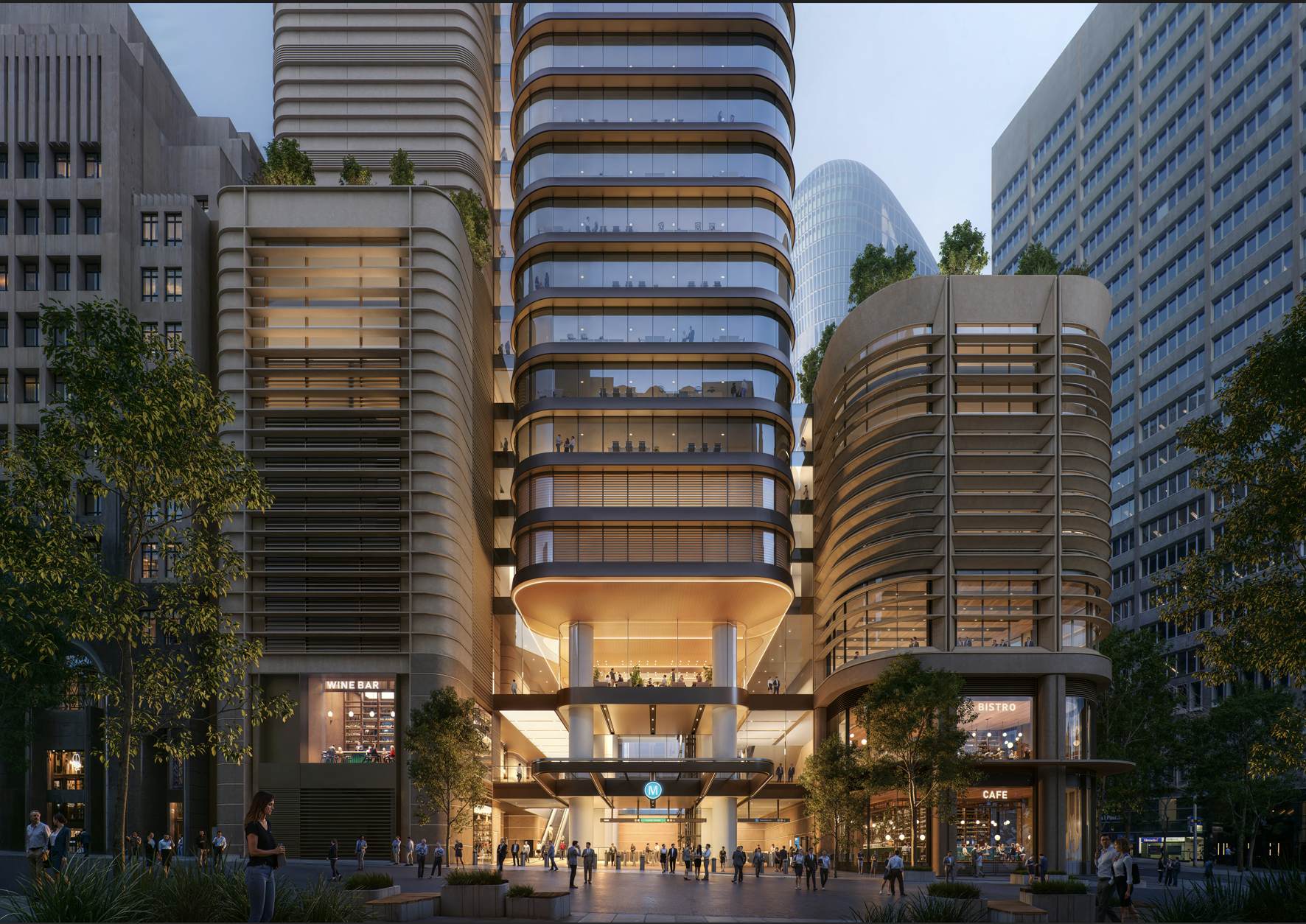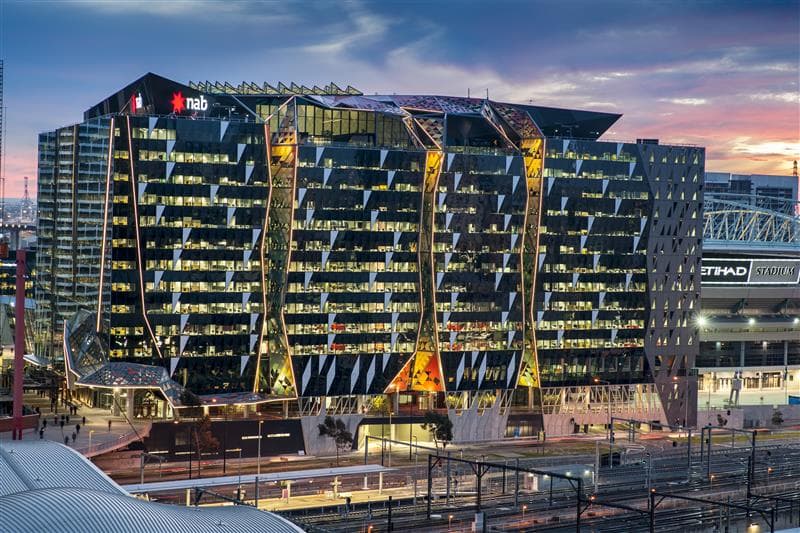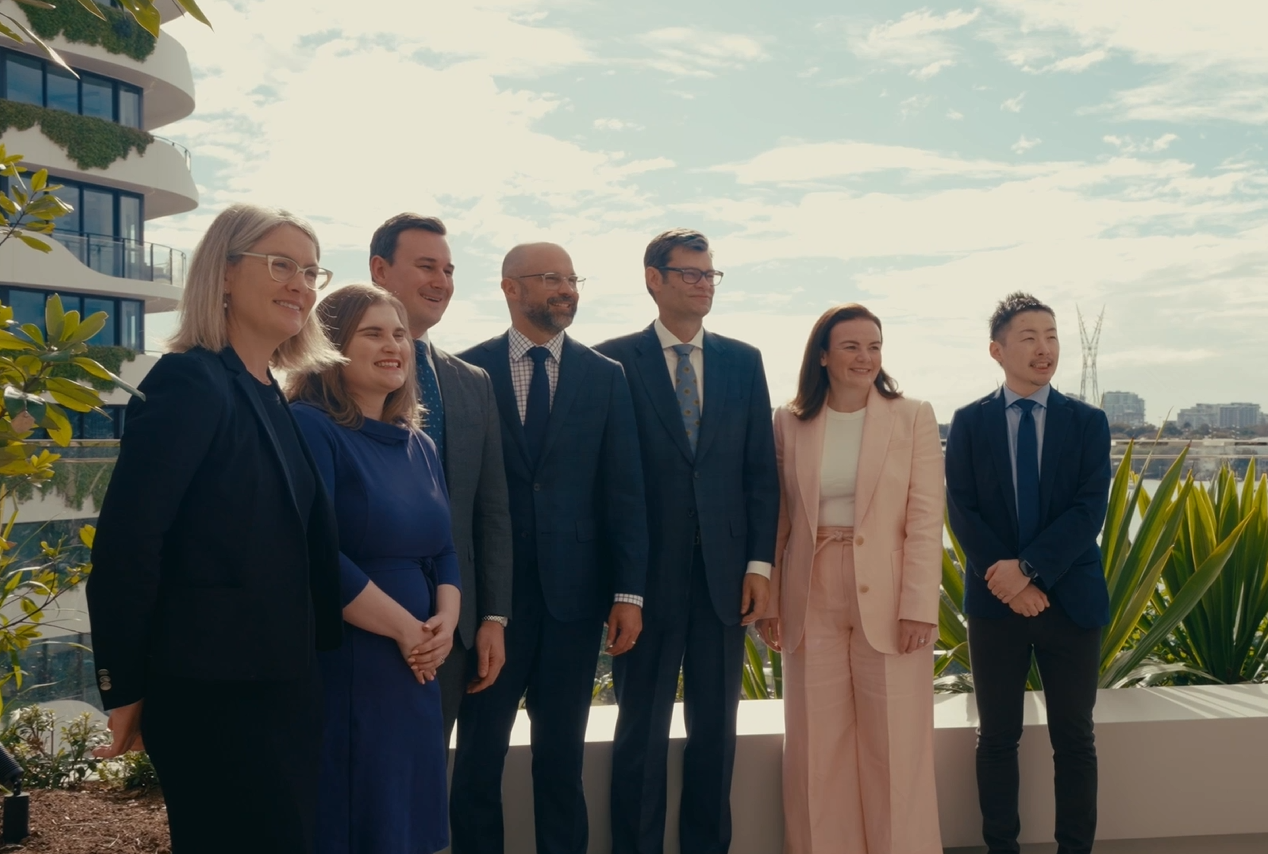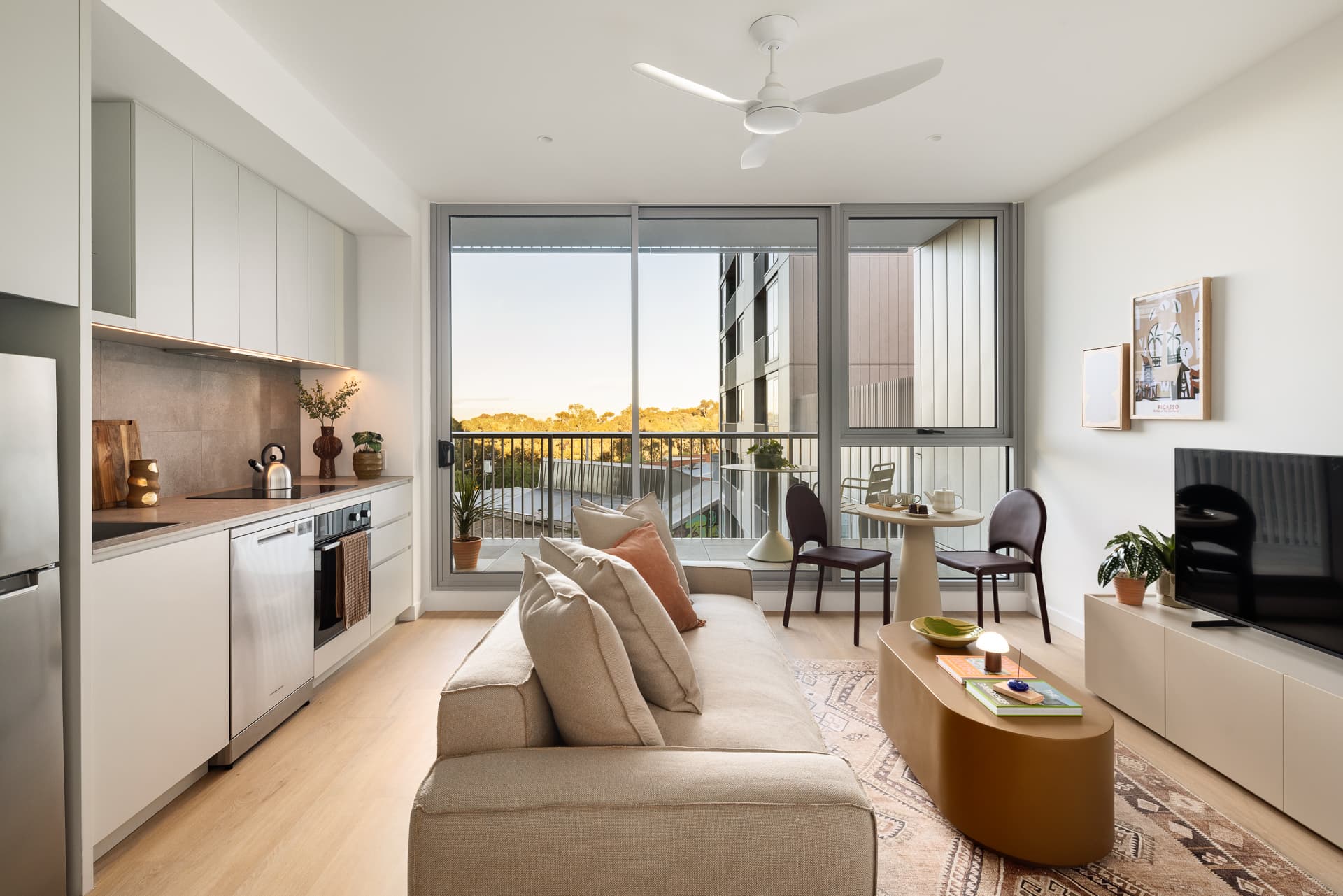New discussion paper heralds the next evolution of the smart precinct
Mirvac Group has launched a new discussion paper on the next evolution of smart precincts.
Titled The Future of the Smart Precinct, the whitepaper explores the impact of city-wide innovation and regeneration and the physical-digital mix of the smart precinct as a predictor for the future of our workplaces and cities.
Paul Edwards, General Manager of Workplace Experiences at Mirvac, said “As the testbeds for urban innovation and workplace trends, smart precincts are emerging as the most exciting projects of our time, providing an insight into the future of work and how our environment will be shaped in the next 20 to 30 years.
“Striking a balance between the human experience and the rise of technology is at the heart of future development and will be key to creating vibrant, collaborative and inclusive cities for generations to come,” Mr Edwards said.
The discussion paper outlines the changing demographics of urban populations, sustainability and advances in technology such as the increase of AI and robotics, as the global drivers underpinning the evolution of smart precincts.
“AI and robotics will play an increasingly prominent role in smart precincts, from the garbagebots that will collect the rubbish to the chatbots that will replace humans in many routine office jobs. The need to reskill our workforces in the face of this automation will bring the education and lifelong learning mission of the smart precinct to the fore.”
The report identifies five new concepts appearing in smart precincts around the world:
- The New Bargain – technology companies, citizens and city planners will strike up a deal to ensure all parties benefit from the flow of data within new smart precincts
- New Space Logics – the sharing of space and social organisation where large corporates share office space with start-ups, and retirement villages share space with childcare centres
- Creative Citizenship – the use of online collaborative platforms allowing citizens to co-design their public spaces
- Foreground-Background – the importance of smart precincts creating a new blend of urban change and continuity, combining noisy public areas with spaces for quiet reflection
- The Civic Supermind – the connection between technology and people in a smart precinct to generate a collective intelligence
The Future of the Smart Precinct discussion paper was launched by Paul Edwards at a VIP Masterclass held at Mirvac’s headquarters at the EY Centre, where global leaders in workplace trends Matthew Claudel, American author, academic and entrepreneur of Massachusetts Institute of Technology and Philip Ross, Chairman at WORKTECH Academy and CEO of Unwork and Ungroup, presented their thinking on the future of smart precincts.
Philip Ross predicted the next phase in the evolution of the workplace would see the re-emergence of medieval-style city guilds.
“As location becomes less important for workers, we are likely to see a return to the origin of cities where guilds were the focal points of business – places for likeminded people to gather and share ideas based on their skills or profession,” he said.
Mirvac’s Australian Technology Park (ATP) in Eveleigh Sydney is a leading example of a smart precinct, incorporating many of the concepts explored in the discussion paper.
“Mirvac has placed community, sustainability and technology at the core of design at ATP. With the sharing of space and increased accessibility to data, we can see New Space Logics and The New Bargain concepts playing out in the development of the site, which is set to become a technology ecosystem that will position Sydney and Australia as a global leader,” Mr Edwards said.
Once complete, ATP will become a wellness precinct with flora and fauna, an outdoor gym and skate park – all accessible to the broader community. The first ever rooftop farm in Australia is planned for the precinct, providing access to locally grown produce and promoting community learning. In addition, Mirvac will deliver a zero carbon building as well as 1MW of solar power via panels located throughout the precinct, all alongside the restoration and reuse of the historic artefacts and the heritage listed Locomotive Workshops.
Through Hoist at ATP, Mirvac is working with a tech makerspace provider to deliver a space with memberships for start-ups and scale-ups. Idea prototyping and experimenting is imperative for many start up businesses but they often cannot afford to go it alone.
“The right balance of occupants, constant human-to-human interaction, fluid international connectivity, sustainability, diverse and flexible spaces and a strong identity all ensure the creation of a thriving community where technology will support a rich human experience,” said Mr Edwards.
Mirvac partnered with WORKTECH Academy, a global knowledge platform for the future of work, to co-author the report. The discussion paper is the sequel to Mirvac’s ‘The Intermix Approach: Activating the Smart Precinct’ discussion paper launched at WORKTECH last year.

Mirvac acknowledges Aboriginal and Torres Strait Islander peoples as the Traditional Owners of the lands and waters of Australia, and we offer our respect to their Elders past and present.
Artwork: ‘Reimagining Country’, created by Riki Salam (Mualgal, Kaurareg, Kuku Yalanji) of We are 27 Creative.



